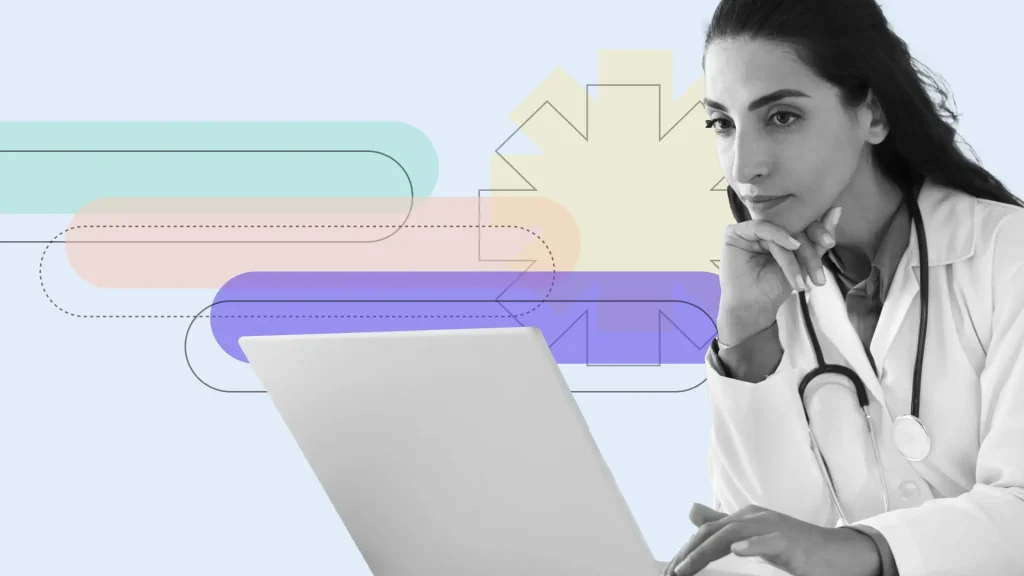“Struggling to rank on Google even after trying every SEO trick?” The problem might be a few simple mistakes holding your site back. Search engine optimization (SEO) is not a tricky one; most website owners, bloggers, and even businesses think of SEO as tricky and difficult. But in reality, there are a few tips to understand the concept of SEO that will help to make your website SEO-friendly and attract many customers. But even if you make small mistakes, that will stop your content from reaching the right audience. By following those tips, you can avoid common mistakes and create a great website. In this blog, you will learn about the common SEO mistakes and how to fix them.
1. Ignoring keyword research:
Proper keyword research is most important. Using one keyword or picking keywords randomly will definitely affect your website ranking.
Why is it a problem:
Search engines don’t know what your content is about if you are not using proper keywords. It will result in your audience never finding your page.
How to fix it:
- Google Keyword Planner, Ubersuggest, and Ahrefs are the tools to find keywords for your website.
- Long tail keyword is the best option to go( e.g., “best on-page SEO checklist” instead of “SEO”)
- Check your competitor keywords that get ranking, and use those keywords naturally.
2. Poor content quality:
If your content is boring, thin, and copied from other websites, this will make your website poor, will never rank, and make your content look bad.
Why it’s a problem:
Helpful, original, and engaging are the qualities that Google expects from your website. If you don’t have these qualities, you drive visitors away.
How to fix it:
- Your own idea will always matter, and it should be unique from others.
- Short paragraphs, numbered lists, and bullet points will make your content easy to read.
- Images, examples, and stats will make your content useful, so use them properly.
3. Missing meta tags:
Meta titles and meta description looks small but it has a lot of power because it is a summary of the content. Many websites leave it empty without knowing its power. That made your website unprofessional.
Why it’s a problem:
Users and search engines will not understand your page quickly without meta tags and descriptions. Your page clicks gradually decreased, and you lost more visitors.
How to fix it:
- Use 50-60 characters for meta titles, and for meta descriptions, use 150-160 characters.
- Include your main keyword.
- Create catchy and clear content that makes your content easy to read for users.
4. Ignoring mobile optimization:
Websites that are not mobile-friendly are missing lots of customers because more than half of the online traffic comes from mobile devices.
Why it’s a problem:
A site that loads slowly and looks bad on mobile devices is not a mobile-friendly site, so people who see your website on mobile will leave your website within seconds, and Google also does not give preference to non-mobile-friendly sites.
How to fix it:
- Create a design that will automatically fit into any screen, like mobile, laptop, and tablet.
- To make pages load faster, compress the images.
- Using Google’s mobile-friendly test, test your website on mobile.
5. Slow page speed:
Users don’t like it if your page loads slowly and leaves your page within seconds.
Why it’s a problem:
Users get frustrated if your website loads slowly and gradually reduces your ranking in search engines.
How to fix it:
- Compress the images and videos that will help to load your website faster.
- Use Google Page Speed Insights, which will help to check the page speed.
- Minify CSS and JavaScript files.
6. Broken links and missing pages:
Links that don’t move to any pages will create a bad experience among users because they click that link to see something, and if they don’t see anything, they will get frustrated.
Why it’s a problem:
Broken links will affect your SEO ranking and also provide a bad user experience. It will affect your website because search engines will see your website as a low-quality website.
How to fix it:
- Screaming Frog and Ahrefs are the tools that help to find broken links.
- Remove or, if it is possible, fix links immediately.
- If pages are deleted, create redirects.
7. Not using analytics:
Analytics plays a major role in websites because we can check the website’s performance. Some websites never check their website performance, so they don’t know about their website reach.
Why is it a problem:
You have to know about your website performance, what works, and what needs to improve on your website. Without analytics, you can’t check your website performance.
How to fix it:
- Use Google Analytics and Google Search Console.
- You should track traffic, clicks, and user behaviour frequently.
- Based on the real data, adjust content and SEO strategies.
8. Not optimizing images:
Images are powerful, but you should optimize them; otherwise, without optimizing images, it will slow down your website performance and hurt SEO. Search engines also can’t see images, so you should have proper descriptions; otherwise, your visuals bring no SEO value.
Why it’s a problem:
Large-sized images and uncompressed images slow down your website performance. Search engines understand images if you use alt text. If you don’t use alt text, search engines will not understand what your images mean.
How to fix it:
- TinyPNG or ShortPixel is used to compress images before uploading them.
- Use keywords with descriptive alt text.
- Always choose the right format(JPEG for photos, PNG for graphics, WebP for speed).
Conclusion:
SEO mistakes are easy to fix if you know how to fix them. Always focus on keyword research and quality content. Mobile optimization, fast speed, meta tags, working links, and analytics. Keep this in mind and make small improvements in your website according to your website users’ suggestions. This will attract more users to your websites, give more organic traffic, and provide an excellent user experience. Remember that SEO needs consistent efforts, and you will get excellent results. In short, if you give consistent efforts in SEO, you can see long-term results.






